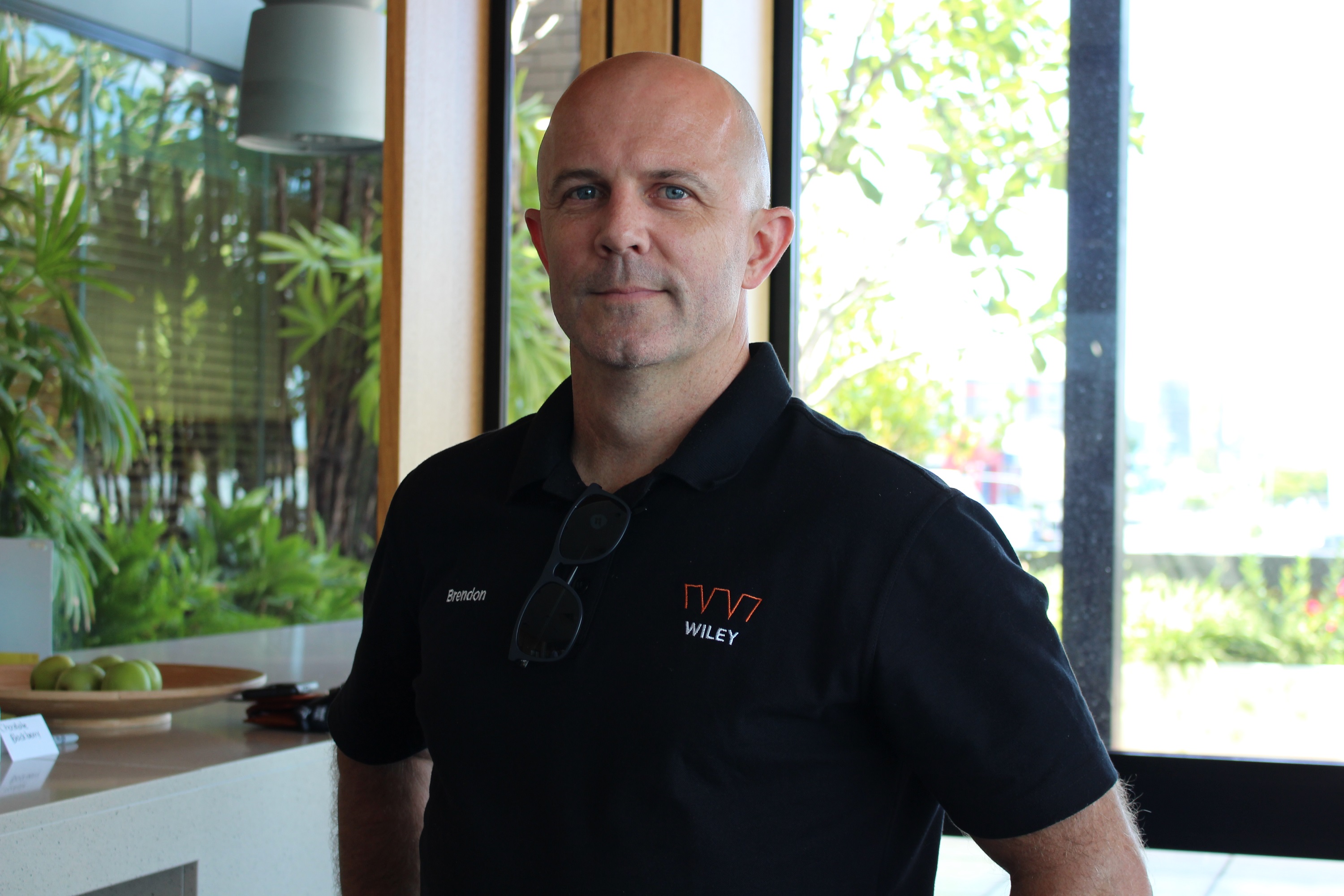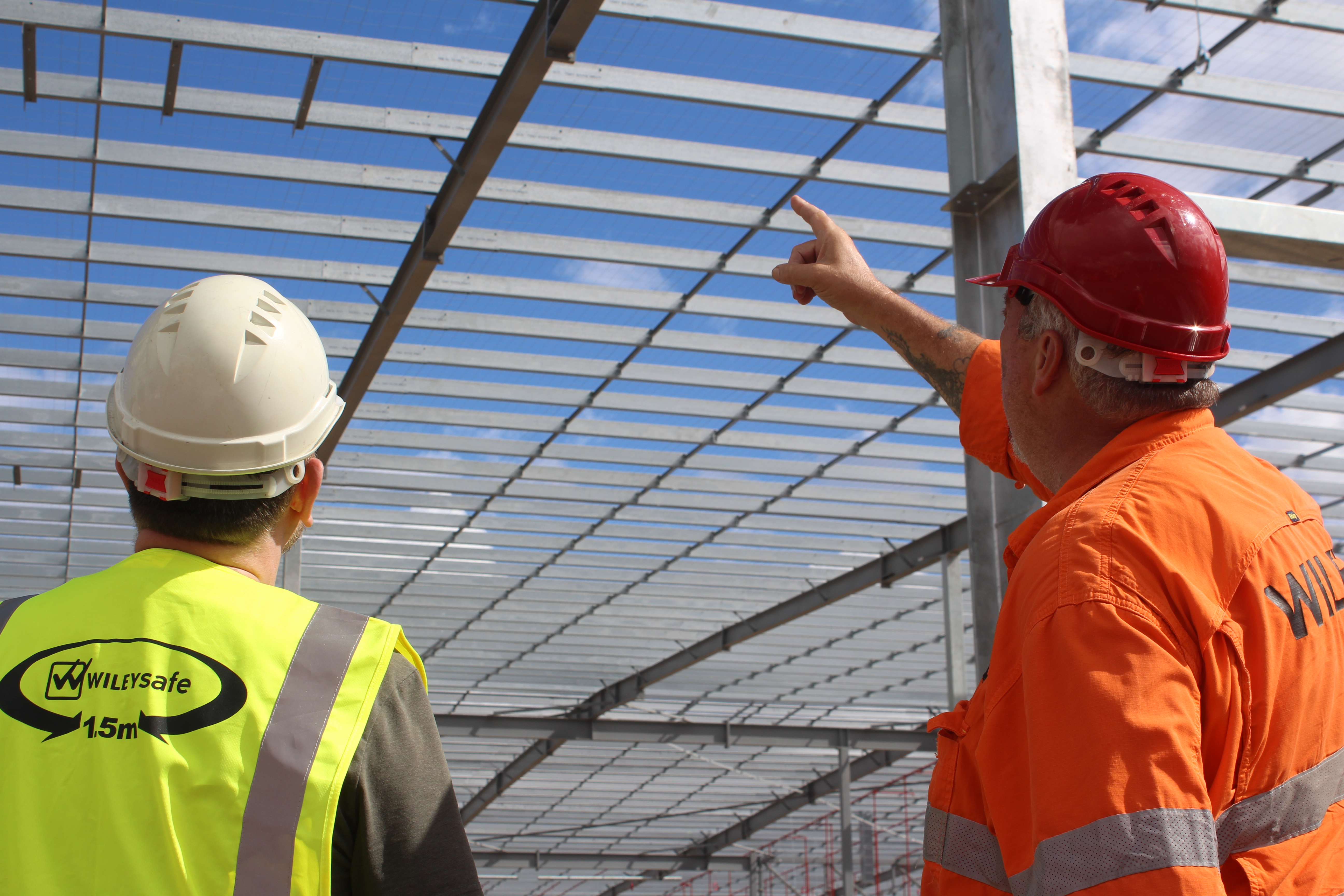Last week, The Brisbane Times ran an article examining the rising cost of Queensland’s construction projects. As the article revealed, dozens of government projects around the state are over-budget. It stopped short of blaming the government, but implication was clear: with inflation slowing and material costs stabilising, shouldn’t contractors be able to better forecast prices?
The article overlooked the fact that the circumstances driving price volatility haven’t changed. Covid might have slipped from the headlines, and there might be a slowdown in the number of builders going bust, but Australia is still facing a dire shortage of skilled labour. The cost of building materials is still rising too, albeit at a slower pace.
We’re hoping Australia is through the worst of the “profitless boom,” but the road ahead remains bumpy. Wiley’s Procurement Manager, Brendon Woodbury, says there are still challenges ahead for 2023.
Labour shortages
“The reality is that right now contractors need to look after the people they’ve got because there’s no one else,” Brendon says.
He’s talking about the ongoing lack of skilled labour in Australia, which Infrastructure Australia named as the single biggest issue faced by construction companies in their 2022 Market Capacity Report. And unfortunately, there’s no end in sight. This year, labour demand is projected to increase by 42,000 to a peak of 442,000. This is more than double the projected available supply.
According to Brendon, all the market can do is wait it out and hope the situation changes in the next 18 months as skilled foreign workers return to Australia.
“Falling demand for residential construction might free skilled people up for commercial construction, but not by much. So, we just need to work together with our subcontractors.”

Brendon Woodbury, Wiley’s Procurement Manager
Supply costs
According to the 2022 Market Capacity Report, the cost of construction materials has risen by an average of 24% in the last 12 months.
It’s an increase that has brought many companies to their knees, but Brendon believes high prices are here to stay. “There might be a slight correction, but the reality is that consumers have adjusted to this ‘new normal’, and manufacturers won’t drop prices if people are willing to pay.”
He uses Australian petrol prices as an example, pointing out that a few years ago people were aghast when fuel hit $2 a litre. But now it’s at $2 a litre again and there’s no public outcry.
“We got used to paying $2 for fuel,” he says. “And I’m starting to see a similar acceptance for materials through the construction industry.”
Planning forward
Most construction companies are responding to these conditions in the same way: by steering clear of fixed price contracts, by booking in materials and subcontractors as early as possible, and by looking after their relationships.
“As soon as a project gets contracted, we book in our people and materials,” says Brendon. “Early commitment is our best strategy to manage project costs.”
He says that strong relationships are key to committing early, as a level of compromise is often required on risk. And with collaboration comes transparency and resilience in the face of price volatility.
“Early commitment and collaborative supply chain delivery is our best defence,” says Brendon. “It’s how we’ll succeed in these conditions.”



